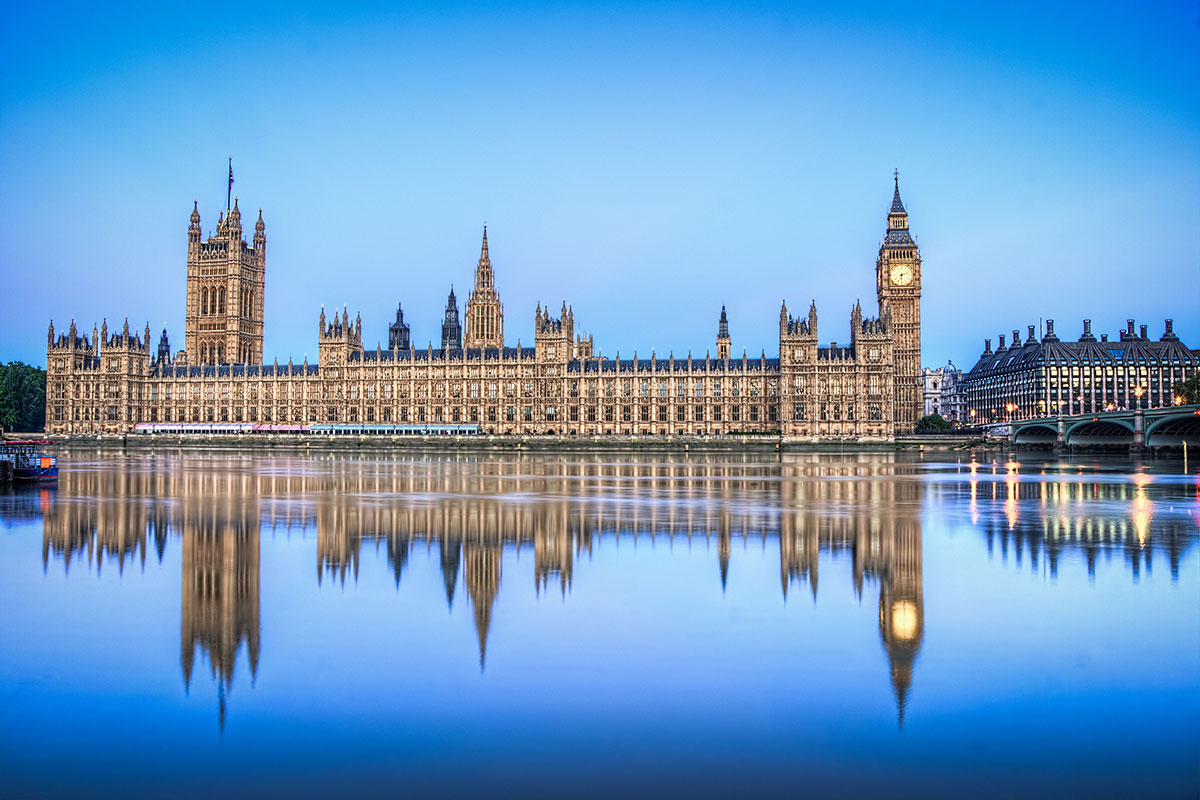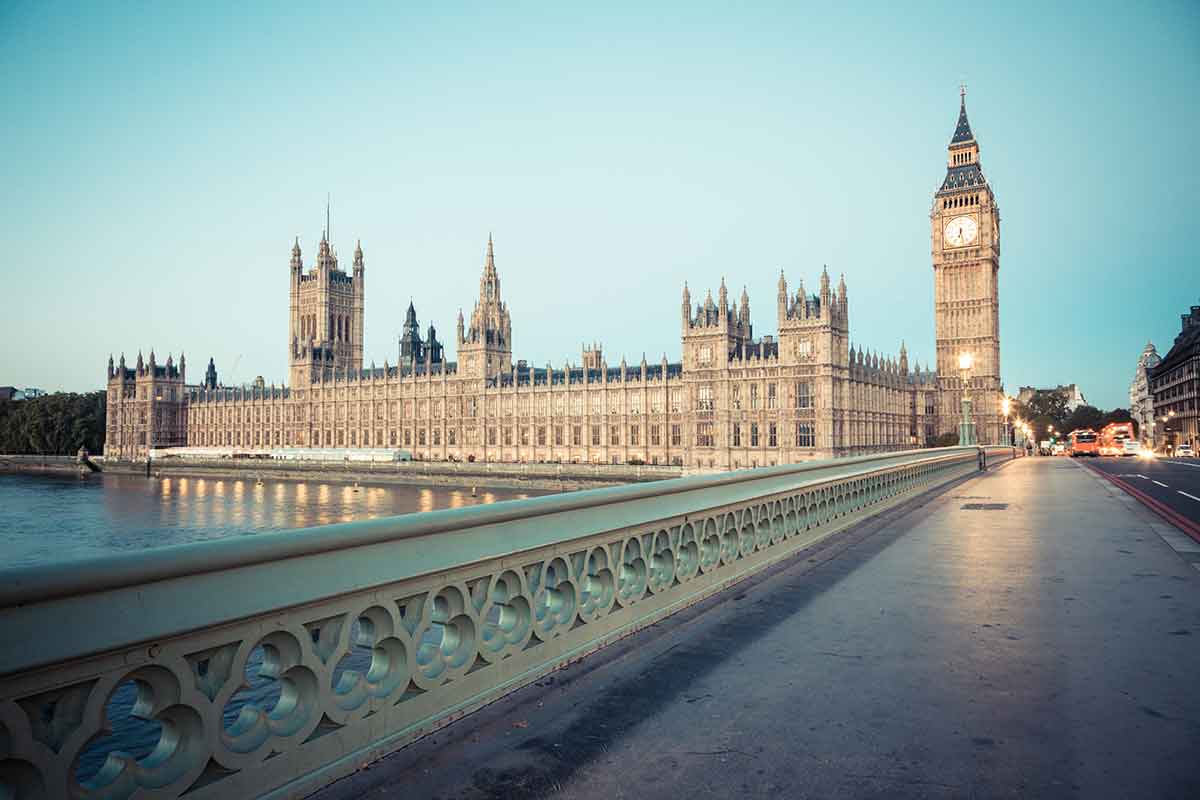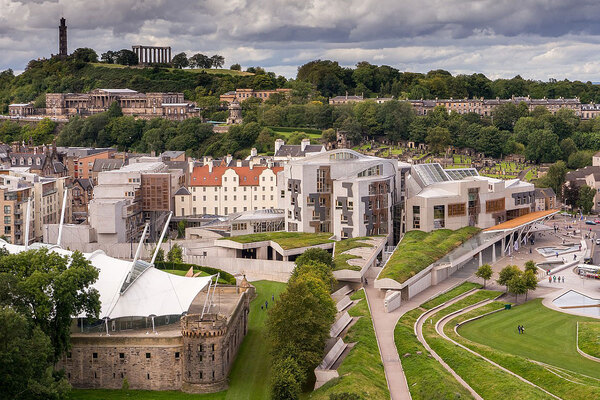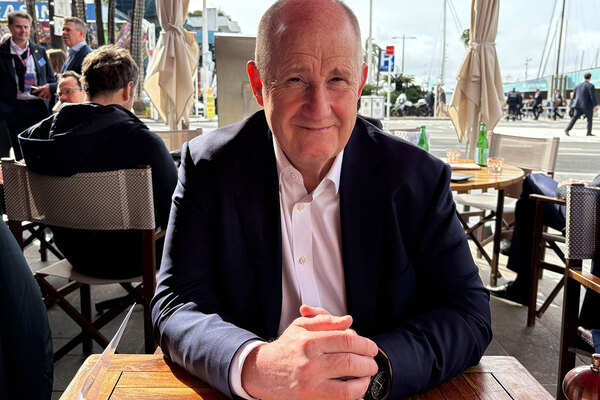Government’s preferred rent cap would cut £1.3bn from social landlords’ budgets next year, says DLUHC
Housing associations and councils can expect to receive £1.3bn less in rental income next year if the government implements a 5% rent cap next year, when compared to if it decided to do nothing at all.
In analysis carried out by the Department for Levelling Up, Housing and Communities (DLUHC), it estimated that social landlords could receive £1.3bn less in rental income next year under a 5% cap, while £7.4bn would come out of expected income if a similar cap stayed in place for the next five years.
The figures were compared to the expected rental income that social landlords would receive if the current rent increase agreement of Consumer Price Index + 1% remained in place. Bank of England inflation rate estimates mean landlords would be able to increase rents by more than 11% from next April if these rate estimates are met.
Today, the government launched a six-week consultation for the sector. It sets out three potential options for a cap: 3%, 5% and 7%.
The consultation revealed that 5% was its preferred option, with the government suggesting that this struck the most appropriate balance between protecting tenants from sharp increases and giving landlords the flexibility to invest in new and existing homes.
As part of an impact assessment carried out by DLUHC ahead of the consultation, it looked at all the cap options and the impact they would have on tenants, social housing landlords’ budgets and the cost to the taxpayer in terms of welfare support.
The analysis of the impact of the 5% cap estimated that social landlords would receive £1.3bn less in rent next year, compared to if no change was made. It would then see a £1.5bn deficit for the next three years following that, and then £1.6bn in 2027-28.
According to the five-year estimates, housing associations would see £4.9bn less in rental returns and local authorities would have a £2.4bn deficit.
Nevertheless, the analysis does predict that the 5% cap would result in tenants being spared more than £500m in rental costs coming directly from them next year, while also saving the taxpayer £800m in cash that will not need to be spent on welfare.
However, it does point out that all of the estimates are counterfactual as it will be up to individual landlords whether they decide to implement the full rent increase. It also acknowledges that inflation rates may be lower or higher than the Bank of England estimates.
If a 3% cap was implemented, it is estimated that the impact on rental income would be £1.8bn next year compared to if nothing was changed, and then £9.9bn over the next five years. This would also see renters spared £700m in rental costs and £1.1bn in welfare savings.
A 7% cap would see a £900m reduction in social landlords’ rental income next year, while this would equate to £4.9bn over the next five years.
The analysis said that it does not foresee the cap having any disproportionate impact on small or micro-landlords – those that own less than 1,000 homes – but that some would be able to apply for an exemption if the cap threatened their financial viability.
It also said that staff of registered providers may be adversely impacted as the constraints on rent increases would leave registered providers with less income to spend on staff costs.
In a joint statement responding to the plans, the Local Government Association and the National Housing Federation said that while they are very concerned about the increasing cost of living crisis, “a new cap on social housing rent increases will significantly impact housing providers’ ability to provide critical services for residents and invest in new and existing homes”.
Sign up for our development and finance newsletter
Already have an account? Click here to manage your newsletters












